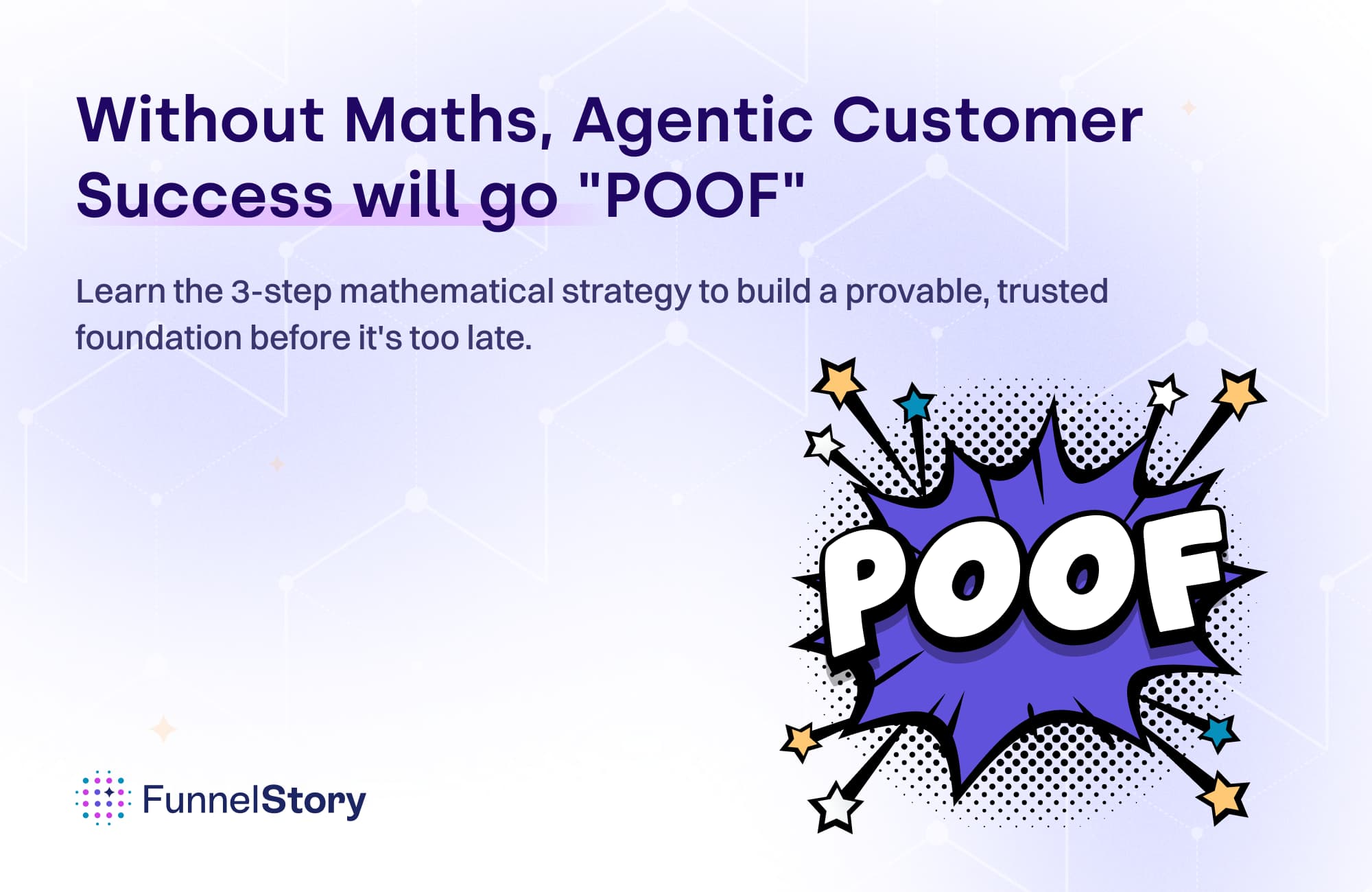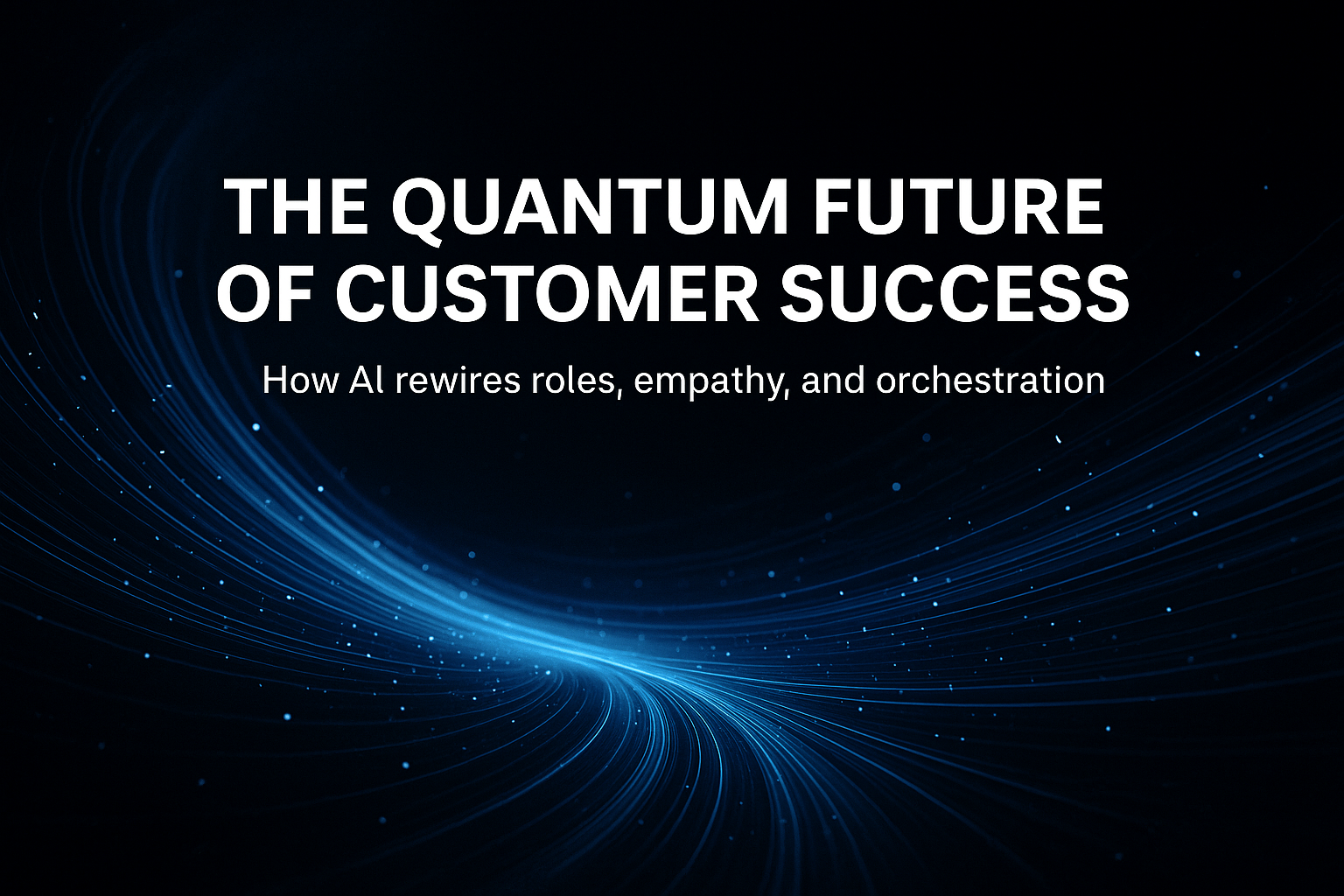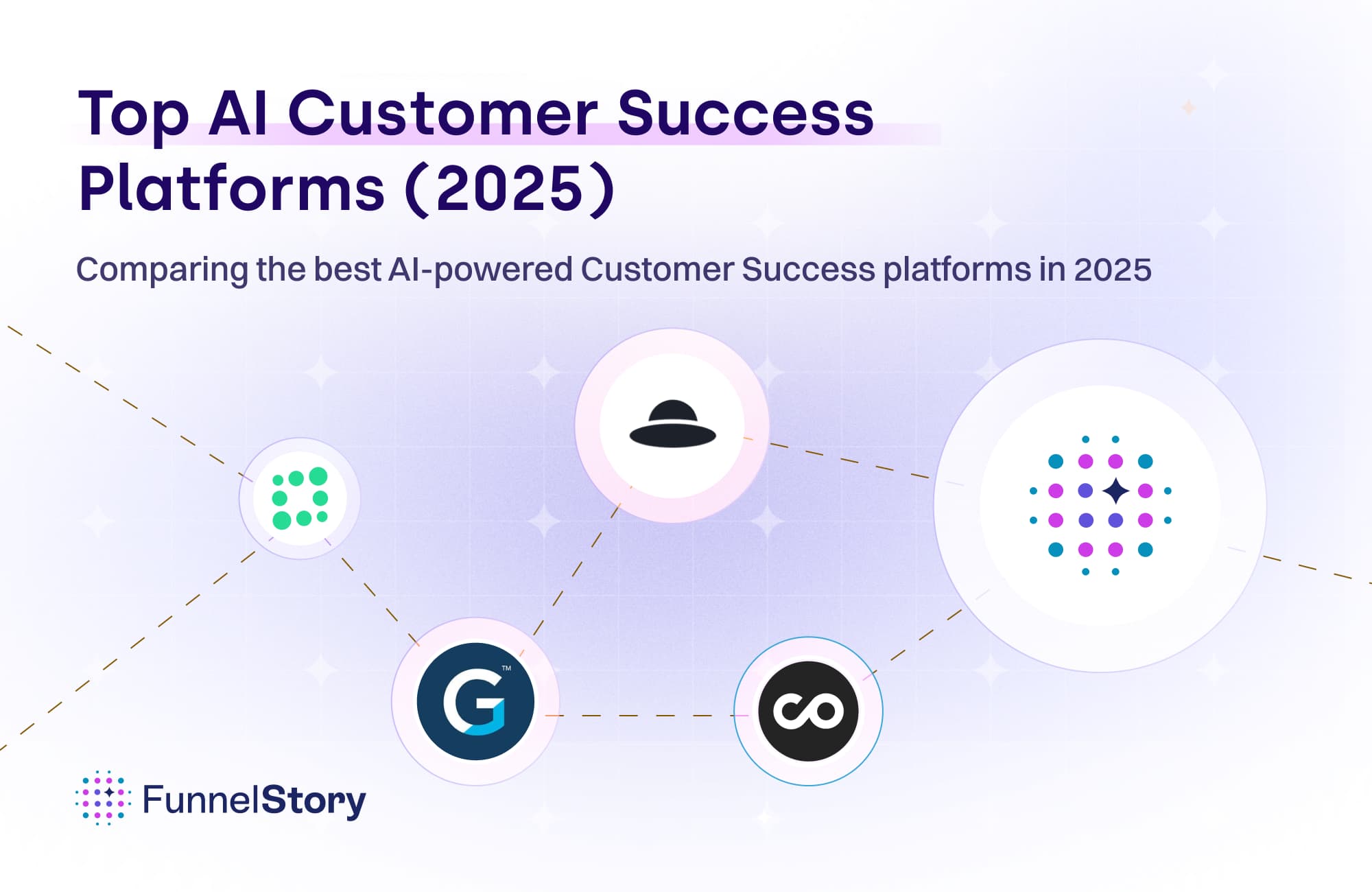In this article
The Role of Account Health in Modern Customer Success
Learn how AI-powered account health monitoring helps Customer Success teams predict churn, improve retention, and drive growth.

By Alok Shukla
Cofounder and CEO
Oct 07, 2025
4 min read
In the world of Customer Success (CS), account health scores are everywhere. They are the dashboard staple, the metric leadership asks about, and the number many teams live or die by. But here’s the truth: account health scores are lagging indicators. They tell you where the customer is today—or worse, where they were weeks ago—not where they are heading. And that distinction makes all the difference between preventing churn and reacting to it.
Health Scores: A Retention Snapshot, Not a Churn Predictor
Health scores are often built from usage metrics, NPS/CSAT scores, and CSM feedback. While valuable, these inputs primarily capture adoption or current satisfaction. They summarize the present state, not the future. As the FunnelStory slides remind us, a health score is effectively a retention score—it tells you if a customer is currently healthy. It does not tell you if they are at risk of churning in the near future.
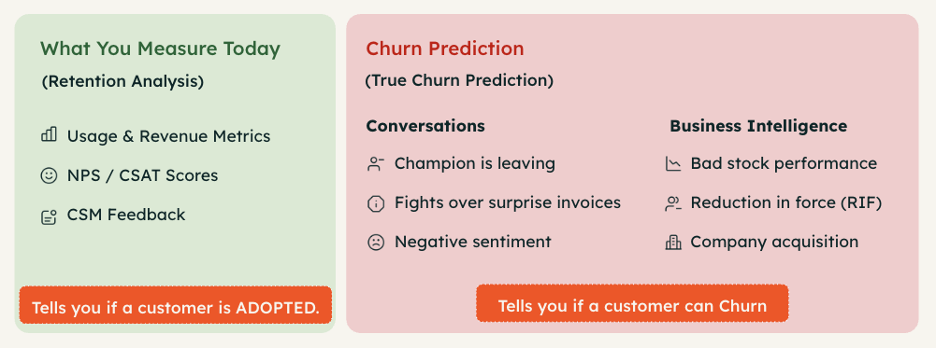
This is where Customer Success teams run into trouble. By the time a health score flashes red, the runway for intervention has collapsed. In many cases, you’re left with less than 1–2 months before renewal—what FunnelStory calls the Reactive Danger Zone. At this point, even the best playbooks have <15% chance of turning the account around.
Why Leading Indicators Are Critical
To prevent churn effectively, CS teams need to focus on leading indicators—the subtle signals that surface well before the health score changes. FunnelStory’s research shows that acting 6–9 months before renewal offers a >75% chance of successful intervention. This proactive runway is only possible if you are tracking early-warning signals.
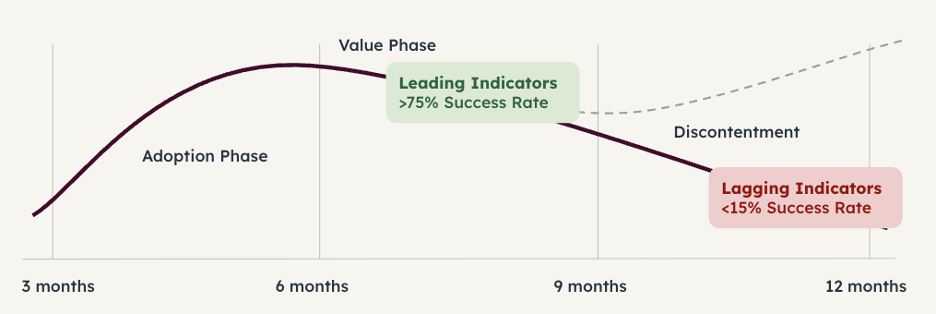
Some examples of leading indicators:
Conversation shifts: Tone moving from positive to neutral in emails; competitor mentions surfacing in QBRs.
Usage pattern changes: A drop in engagement with sticky features; senior executives replaced by junior users in advanced modules.
Business intelligence signals: Org restructures, champion departures, negative press, or bad stock performance.
These signals appear months before renewal deadlines, offering the critical time window to intervene.
Precision, Recall, and the Math of Surprise Churn
Lagging metrics also fail because they hide the real enemy of CS teams: surprise churn. FunnelStory highlights the importance of focusing on recall rather than precision. Precision tells you how accurate your churn predictions are, but recall tells you how many actual churns you caught.
A recall score of 60–70% means you’re constantly blindsided by surprise churn.
Boosting recall to 80–90% gives visibility into most at-risk revenue.
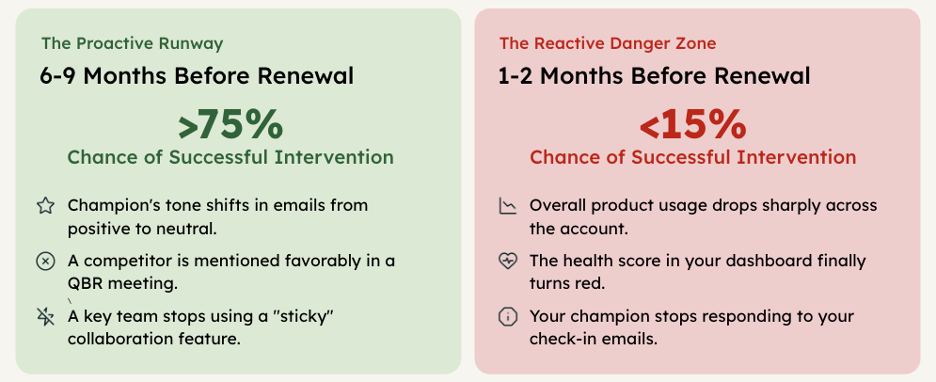
The key to higher recall is reducing false negatives—the customers flagged as “healthy” who actually churn. Adding conversational and business intelligence data to usage signals slashes false negatives dramatically, lifting recall from 68% to 88%. This is where AI and predictive analytics shine, surfacing Needle Movers—those subtle, forward-looking signals hidden in massive datasets.
Case Study: Saving a $250k Account
One FunnelStory case study illustrates this perfectly. A six-figure account showed a 95% “healthy” score in traditional systems, yet AI-driven analysis caught three red flags:
Usage signature change: Senior leaders stopped using advanced features; junior analysts took their place.
Competitor mention: A rival’s name appeared three times in one week, praised for a simpler UI.
Business intel: A department restructure under a new VP.
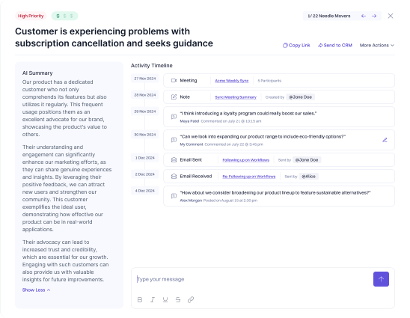
Learn how AI-powered account health monitoring helps Customer Success teams predict churn, improve retention, and drive growth.These leading indicators surfaced six months before renewal, giving the CSM time to engage the new VP, reinforce value, and ultimately save a $250,000/year account.
Four Steps to Eliminate Surprise Churn
Based on FunnelStory’s framework, here’s how CS leaders can shift from lagging to leading:
Listen to all your data. Conversations, business intelligence, subtle usage shifts—churn risk hides in signals beyond dashboards.
Focus on recall, not just health scores. The goal isn’t to confirm who’s healthy—it’s to catch the ones you can’t see coming.
Maximize your runway. Act on leading indicators 6–9 months out, when success rates exceed 75%.
Use AI to find the Needle Movers. Human eyes can’t parse subtle shifts across millions of data points. AI can.
Closing Thoughts
Health scores will always have a role in CS—they are a useful snapshot. But by themselves, they’re reactive, lagging, and insufficient. The future of Customer Success lies in forward-looking intelligence: leading indicators, recall-focused prediction, and AI-driven signal detection. The earlier you act, the higher your chance of saving accounts and driving long-term growth.
In Customer Success, timing isn’t everything—it’s the only thing. Leading indicators give you the runway to act before it’s too late.
